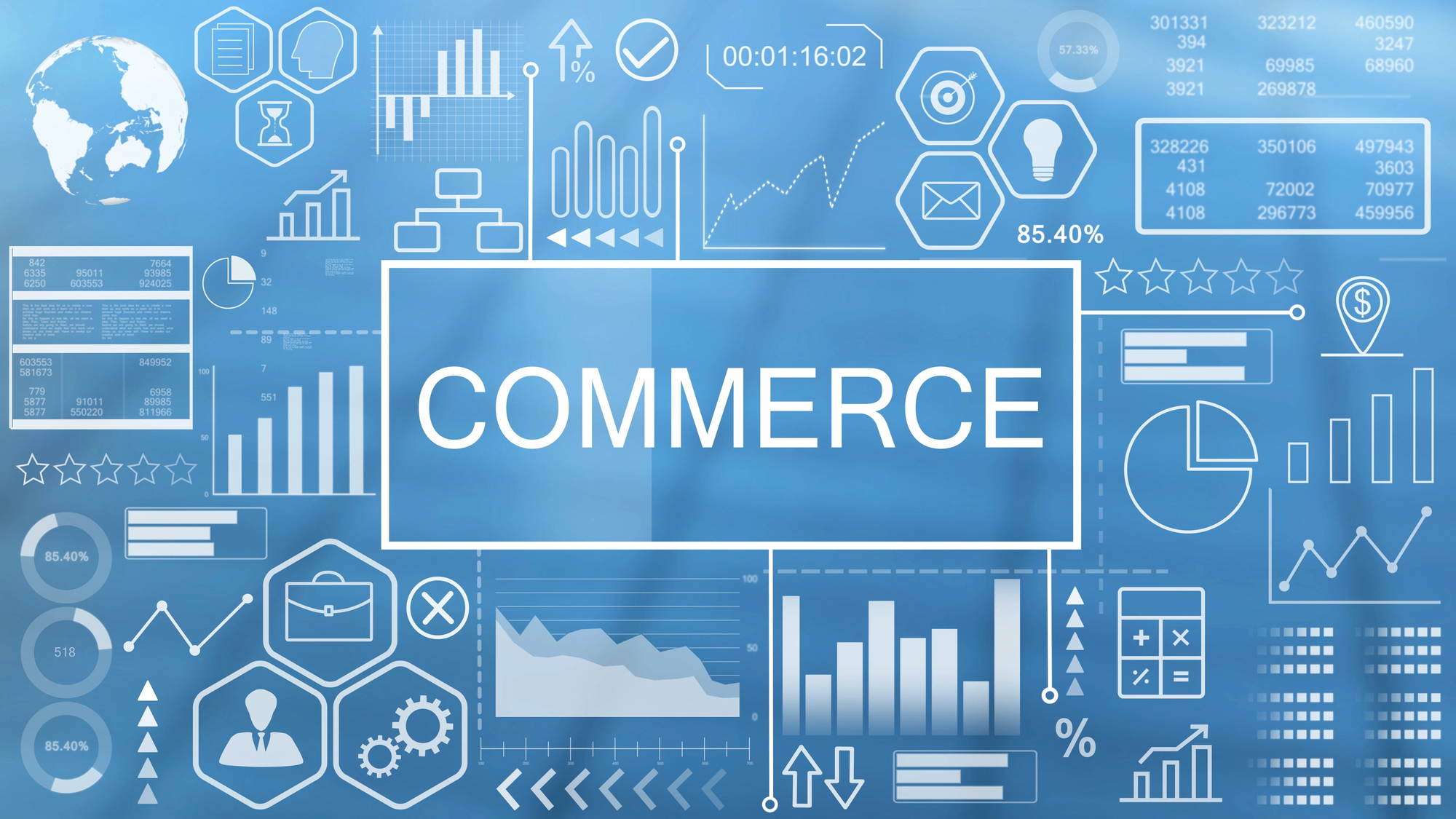
Consumer buying behavior in the digital domain is a multifaceted phenomenon shaped by a myriad of factors. By delving into these, businesses can tailor their strategies to not only meet but exceed consumer expectations, leading to enhanced conversion rates and sustainable growth.
Here, we distill the essence of customer reasonings, impulses, preferences, tendencies, motivations, and influences that underpin buying behaviors on ecommerce websites and outline the digital strategies that ecommerce companies can leverage to captivate their target audience.
Here are some powerful insights into the factors that influence buying behaviors on ecommerce websites:
- Convenience: 70% of consumers say convenience is the most important factor in their online shopping experience (Source: PwC). Simplifying the purchasing process can lead to higher conversion rates.
- Trust: 85% of shoppers will abandon a cart if they don’t trust the site (Source: Baymard Institute). Building trust through clear policies and customer reviews is essential.
- Personalization: 80% of consumers are more likely to make a purchase when brands offer personalized experiences (Source: Epsilon). Tailored recommendations can significantly enhance user engagement.
- Social Proof: People often look to the opinions and views of others before making a purchase. Displaying customer testimonials and ratings often influence decision-making.
- Scarcity and Urgency: Creating a sense of urgency, like limited time offers and minimal stock availability, can spur quick buying decisions.
Understanding the Customer: A Psychological Playbook
Consumer behavior in the ecommerce landscape is governed by an intricate set of factors. Recognizing these elements empowers you to craft strategies that resonate deeply with potential buyers. Here’s a snippet of what drives them:
- Reasonings: Customers seek value, quality, and solutions to their problems. They often research products extensively before making a purchase.
- Impulses: Limited-time offers, flash sales, and scarcity tactics can trigger spontaneous purchases.
- Preferences: Personalized recommendations, tailored content, and curated product selections resonate deeply with customers.
- Tendencies: Customers often follow trends, rely on reviews, and gravitate toward brands that align with their values.
- Motivations: Needs such as gift purchasing, problem-solving, and progressive life measures, along with emotional triggers like fear of missing out (FOMO), desire for status, or the need for convenience play a significant role.
- Influences: Social proof (reviews, testimonials), influencer endorsements, and peer recommendations heavily impact decision-making.